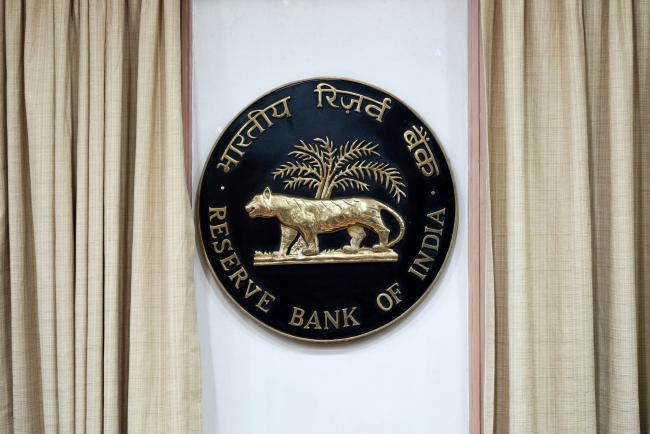(Bloomberg) -- The Reserve Bank of India may be running out of short-duration bonds to sell, putting at risks its attempts to flatten a steepening yield curve.
The central bank swapped 419.2 billion rupees ($5.9 billion) of 2020 bonds from its balance sheet with the government on Monday for longer-dated debt. While the move will help the administration’s balance sheet, it drains the RBI of securities it can use in the Federal Reserve-style Operation Twist.
Analysts estimate that the central bank had about 800 billion rupees of 2020 debt before it sold 253 billion rupees of them in the first three Twist auctions. In the operations, it sells short-term debt, while buying a similar amount of longer-duration bonds.
The depleted stock has created doubts about how many more such operations the RBI can do as bond yields climb. Sovereign bonds declined on Tuesday after data released show December consumer prices had jumped to a five-year high.
The RBI may have to consider other options, analysts said. Here’s three of them:
Extends Twist:
- The RBI is left with about 150 billion rupees of FY2021 bonds on its books, which is within the margin of error to rule out further operations using these debt, according to A. Prasanna, chief economist at ICICI Securities Primary Dealership
- It may have around 600 billion rupees of debt maturing in FY2022, which the central bank can consider. Selling them though could push up short-end yields on a long-term basis
- The central bank can use the so-called market stabilization scheme bonds to absorb liquidity against the purchase of longer-tenor debt, said Suyash Choudhary, head of fixed income at IDFC Asset Management Ltd.
- The higher up the curve the RBI goes to sell bonds, the lesser the impact on overall term spreads

- One other option is for the RBI to use longer-tenor reverse repurchases to take out liquidity, according to Naveen Singh, head of fixed income at ICICI Securities Primary Dealership. That would help with longer-duration bond purchases
- However, the move may not be very effective given that the rates offered are slightly below the repo rate, and participants generally shy away from committing their funds for a longer term, Singh said
- RBI had been conducting longer-term reverse repos, such as for 63 days, to drain liquidity